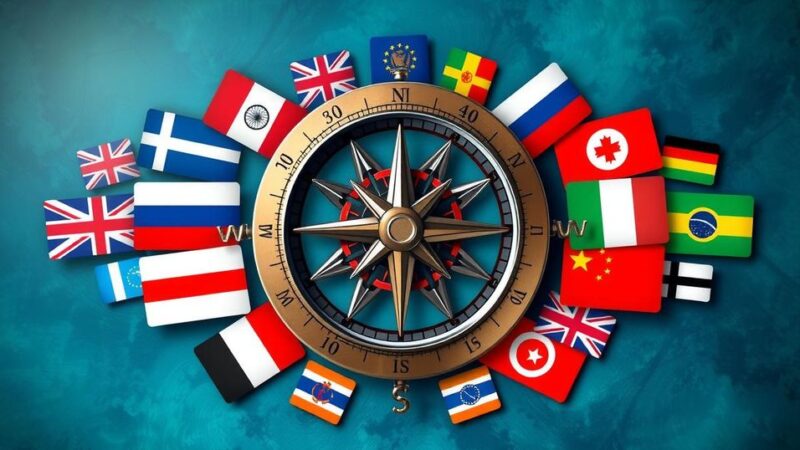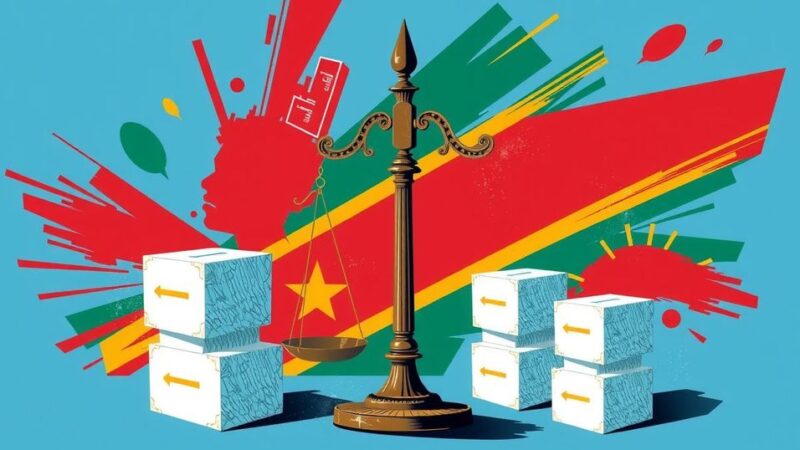This article outlines a timeline of significant events in the history of St Vincent and the Grenadines, from early indigenous dominance and European exploration to independence, political evolution, and notable social issues, highlighting key moments that have influenced the island’s development.
The history of St Vincent and the Grenadines is marked by significant events that shaped its identity over the centuries. In 1300, the Carib Indians asserted dominance over the indigenous Arawak tribes. Christopher Columbus made his first visit to the main island in 1498, coinciding with St Vincent’s Day.
In 1627, the island was granted to Lord Carlisle of Britain. The Treaty of Paris in 1783 recognized St Vincent as a British colony. Following a Carib uprising from 1795 to 1797, Britain, with French assistance, forcibly relocated 5,000 Caribs to Belize.
The La Soufriere volcano’s first recorded eruption occurred in 1812, causing extensive casualties. The abolition of slavery in 1834 liberated over 18,000 enslaved people, leading to the employment of foreign indentured laborers. Another significant volcanic eruption in 1902 resulted in the deaths of approximately 2,000 individuals.
The island achieved universal adult suffrage in 1951 and was part of the British-sponsored West Indies Federation from 1958 to 1962. In 1969, St Vincent gained internal self-government, with British oversight of foreign and defense affairs. It achieved full independence in October 1979, with Milton Cato as the first prime minister of the newly independent state.
Shortly after independence, a revolt on Union Island occurred in December 1979, demanding greater governmental power. In 1981, workers protested new industrial relations legislation, exacerbated by an economic recession. James Mitchell of the New Democratic Party (NDP) became prime minister in 1984, securing consecutive electoral victories in 1989, 1994, and 1998.
Following a brief period marked by protests in 2000 against pension increases for parliamentarians, opposition leader Ralph Gonsalves rose to power in March 2001, after elections were expedited due to public unrest. St Vincent joined the Non-Aligned Movement in February 2003 and was removed from a money-laundering blacklist in June.
In December 2005, Prime Minister Gonsalves and the Unity Labour Party were reelected for a second term. A proposed transition to a republic was narrowly rejected by voters in November 2009. In January 2011, the main opposition, NDP, denied accusations from Gonsalves that they plotted to assassinate him, illustrating ongoing political tensions.
The timeline of St Vincent and the Grenadines encapsulates a rich history from indigenous conquests and colonial governance to independence and modern political developments. Major volcanic eruptions, significant political shifts, and social changes continuously shaped the island’s trajectory. The nation, while achieving strides in governance and international presence, continues to navigate its complexities amidst historical legacies and present challenges.
Original Source: www.bbc.com






